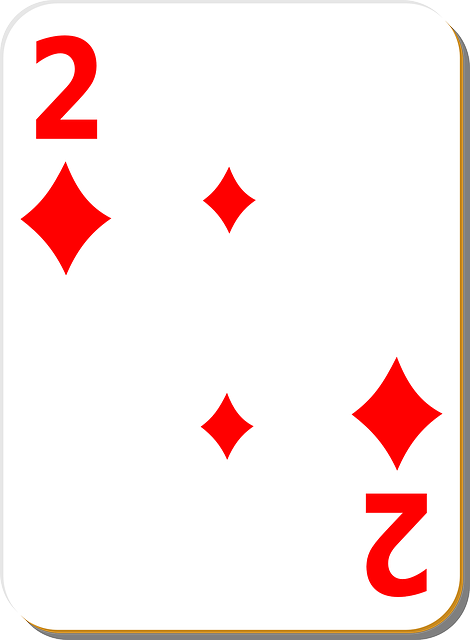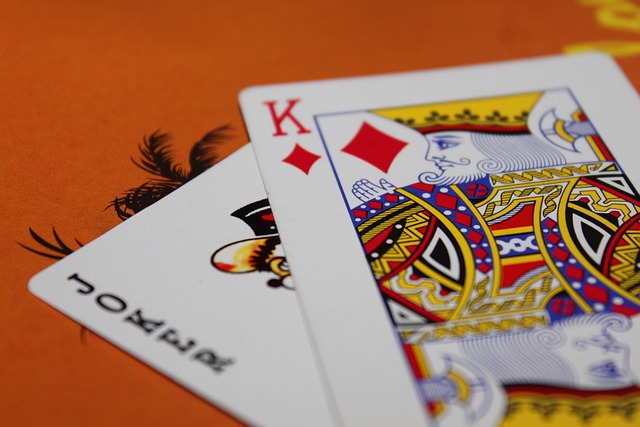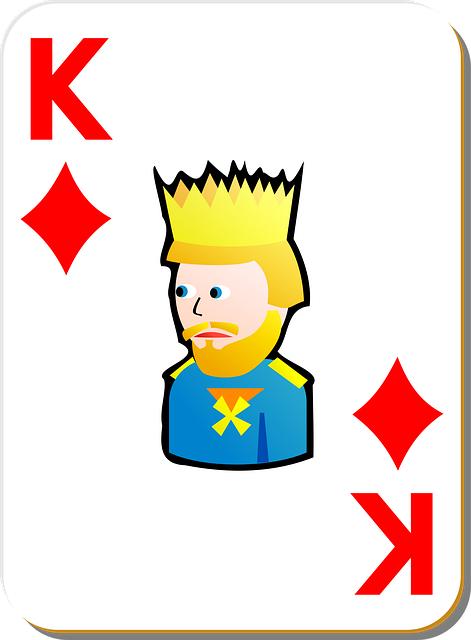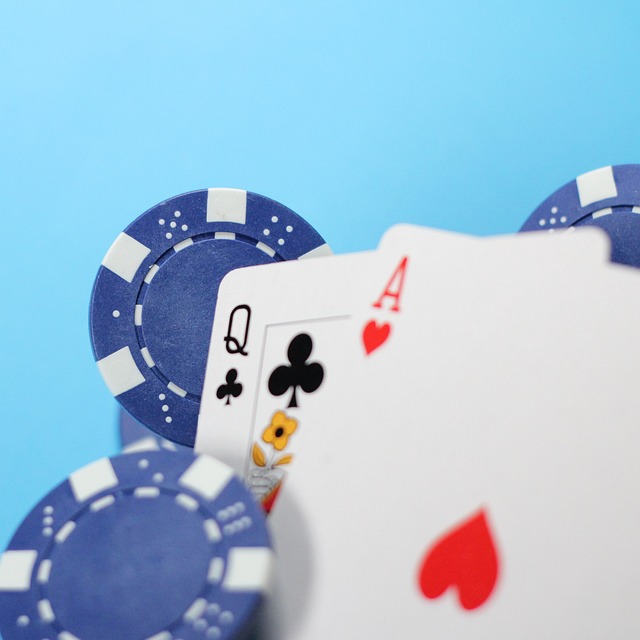Blackjack surrender is a strategic move allowing players to opt-out of a hand when initial cards put them at a significant disadvantage, balancing winning odds against potential loss and maximizing profit chances over time. This option typically employs retaining half the initial bet after forfeiting the hand, generally available after the dealer shows their first card. Effective use reduces downside risk in certain situations, making it an advanced skill crucial for successful blackjack play.
Uncover the art of Blackjack Surrender—a strategic move that can change the tide of the game. This powerful technique allows players to forfeit half their bet and retreat from a potentially losing hand, mitigating risks. Delve into the intricate rules and odds that govern this decision, learning when to employ it for optimal results. Whether you’re a seasoned player or a novice, understanding Blackjack Surrender strategy is key to navigating the casino floor with confidence and a reduced risk profile.
- Understanding Blackjack Surrender Strategy
- Rules and Odds of Blackjack Surrender
- When to Use Blackjack Surrender in Practice
Understanding Blackjack Surrender Strategy

Blackjack surrender is a strategic move players can make during a hand, typically when their initial two cards put them at a significant disadvantage. Understanding when to surrender is key to optimizing your Blackjack strategy. The decision to quit should be based on the probability of winning and the potential loss if you stay.
For instance, if dealt a 2 and a 5 (totaling 7), against a dealer showing a 10 or an Ace (potentially a 21), it’s wise to surrender. This is because the house edge increases considerably when your total exceeds 21, making the odds heavily stacked against you. Knowing when to cut your losses and surrender can help players manage their bankroll effectively and maximize their chances of leaving the table with a profit in the long run.
Rules and Odds of Blackjack Surrender
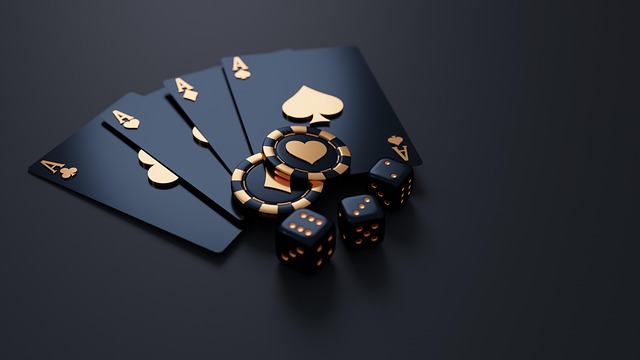
In Blackjack, the surrender option allows players to forfeit their hand and receive half of their initial bet back. This move is typically made when the player believes they have a weak hand compared to the dealer’s upcard. The rules surrounding surrender vary slightly between casinos, but generally, it’s available for players to opt-out of their turn after the dealer reveals their first card.
The odds of winning through surrender are relatively high, as it provides a way to minimize losses. In most cases, surrendering offers better odds than hitting or standing. For example, if you have 12 against an Ace upcard, surrendering returns half your bet while hitting and hoping for a 10 card could potentially lead to a larger loss. However, it’s crucial to remember that surrender doesn’t guarantee a profit, merely reducing potential downside.
When to Use Blackjack Surrender in Practice
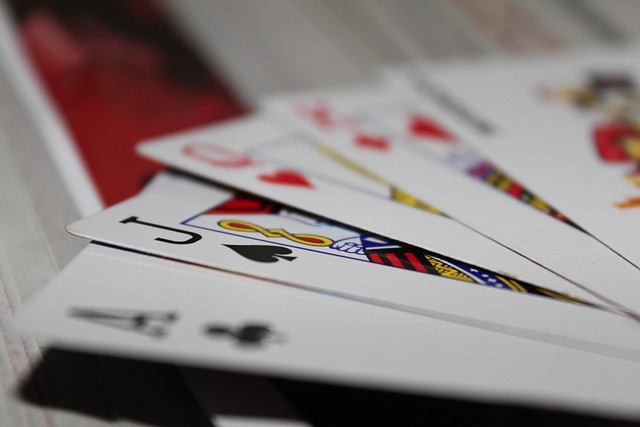
In the heat of a blackjack game, knowing when to surrender is an art. The decision to ‘surrender’ should be reserved for instances where your hand is clearly inferior to the dealer’s. Typically, this occurs when you have a total of 15 or more, while the dealer’s upcard reveals they have a 10 or face card, giving them a significant advantage. For instance, if you’re holding a 17 against a dealer’s Ace, it’s prudent to surrender, as the odds heavily favor the house.
Practicing strategic surrendering can significantly impact your Blackjack gameplay. It requires players to anticipate the potential outcome and act swiftly. While some might view it as admitting defeat, skilled players see it as a calculated move to minimize losses. In the world of Blackjack, understanding when to surrender is just as vital as knowing when to hit or stand, especially in today’s fast-paced, bustling casinos.
Blackjack surrender is a strategic move that can drastically change the odds in your favor. By understanding when and how to execute this strategy, you can navigate the game with greater confidence. The rules and odds are clear, but the timing is key—surrendering early can minimize losses, while surrendering late might cost you more than it’s worth. Remember, in the world of Blackjack, knowing when to let go is as crucial as knowing when to stay.

